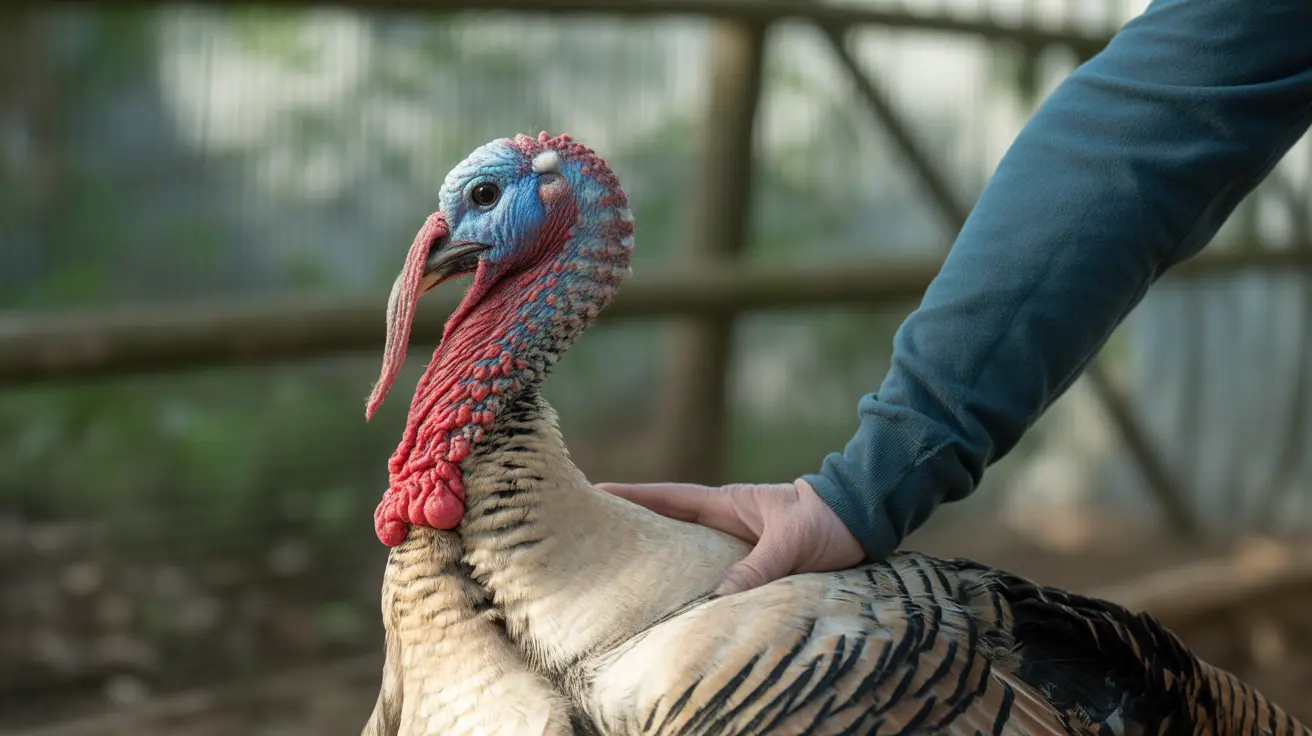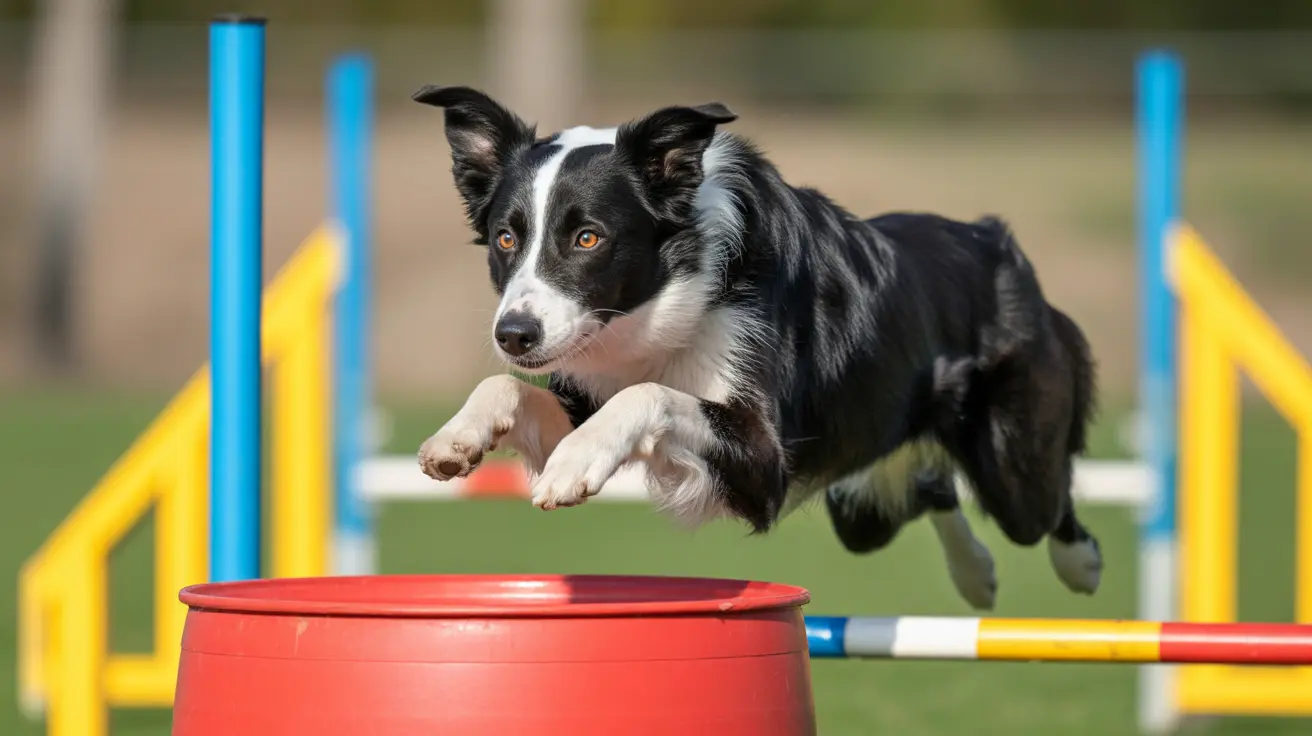Understanding the Controversy Around the Wirehaired Pointing Griffon
The Wirehaired Pointing Griffon, also known as the Korthals Griffon, is a distinguished sporting breed well-regarded for its versatility in the field. Created in the late 19th century by Eduard Karel Korthals, the breed incorporated the best traits of hunting dogs from the Netherlands, France, and Germany. While the breed enjoys a positive reputation among hunting enthusiasts and families alike, a few points of debate—often termed the "Wirehaired Pointing Griffon controversy"—have sparked interest and discussion within the canine community.
1. Historical Origins and Breed Lineage
Eduard Korthals founded the breed around the 1870s, aiming to establish a medium-sized, intelligent, and resilient companion ideal for a range of hunting environments. However, the collaborative breeding efforts across various European nations led to differences in defining the dog's exact lineage and classification.
- Regional Claims: Both Germany and the Netherlands have laid historical claim to the breed, leading to ongoing disagreements over its national origin.
- Sub-breeds and Line Differences: The rise of breeders with distinct interpretations of the Griffon's characteristics has resulted in subtle differences in physical traits and temperament.
2. Hunting Style Disagreements
One of the most notable controversies involves the breed's hunting range and field behavior.
- While some favor dogs that stay close and work methodically alongside the hunter (as Korthals intended), others prefer broader-ranging versions useful in more expansive terrains.
- This divide has, at times, influenced breeding choices and training methodologies, especially in North America vs. European usage.
3. Breed Standards and Recognition
The breed standard has also been a topic of debate within kennel clubs and breed organizations.
- The official breed standard disqualifies black coats and non-brown noses, yet some breeders occasionally report these traits occurring.
- Additionally, some breeders argue for more inclusive standards to reflect the breed’s working diversity, while purists maintain strict adherence to original characteristics.
4. Similar Breeds Causing Confusion
The presence of breeds with similar physical traits, such as the German Wirehaired Pointer and Pudelpointer, has occasionally led to misidentification and disputes within canine shows and breeding circles.
- This similarity has further muddied the waters concerning lineage purity and accurate classification.
5. The Role of Breed Clubs and Registries
Breed clubs in different regions have established their own criteria for registration and breeding approval, leading to friction between organizations. For example:
- Some clubs focus heavily on hunting performance over appearance.
- Others prioritize maintaining the breed’s physical standard above all else.
These differing philosophies contribute significantly to the ongoing discussion about the breed’s future direction.
6. Health Concerns and Breeding Ethics
While not a controversy in itself, ethical breeding practice is closely tied to breed preservation. Health concerns like hip dysplasia, PRA, and bloat are present in the breed, and responsible breeding is vital to minimizing these.
Some critics argue that the push for certain physical traits in show dogs has diverted attention from health and functionality.
7. Popularity and Changing Roles
Originally bred as a specialist hunting companion, the Wirehaired Pointing Griffon has seen increased popularity among families for its affectionate nature and relatively low grooming needs.
While generally a positive development, this shift in target ownership demographics sometimes brings concerns that the dog's true purpose and high energy level may be overlooked by uninformed owners, leading to behavioral issues due to lack of mental and physical stimulation.
Conclusion
The controversies around the Wirehaired Pointing Griffon are rooted not in scandal but in passionate debate among enthusiasts, breeders, and hunters. These discussions reflect broader tensions in the canine world between form and function, heritage and modernity, and geography and standardization. Understanding these nuances before bringing a Wirehaired Pointing Griffon into your home can ensure a harmonious, enriching experience for both owner and dog alike.





